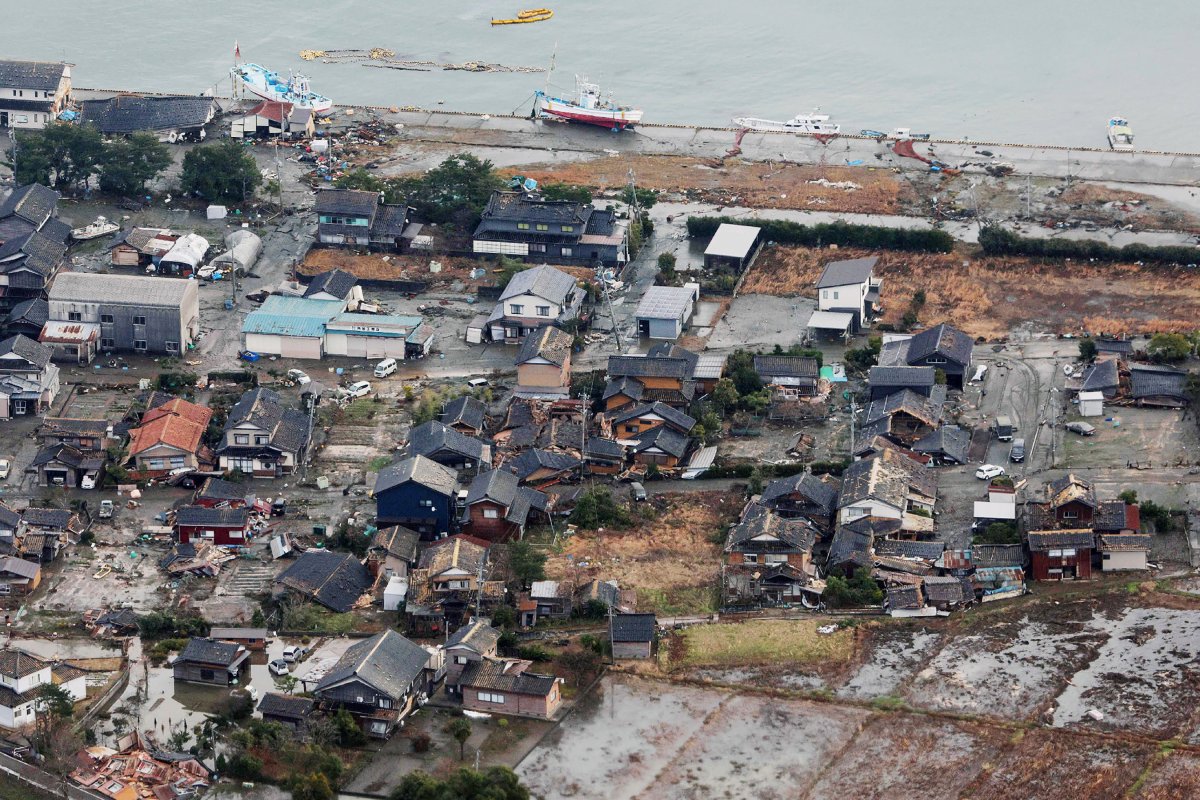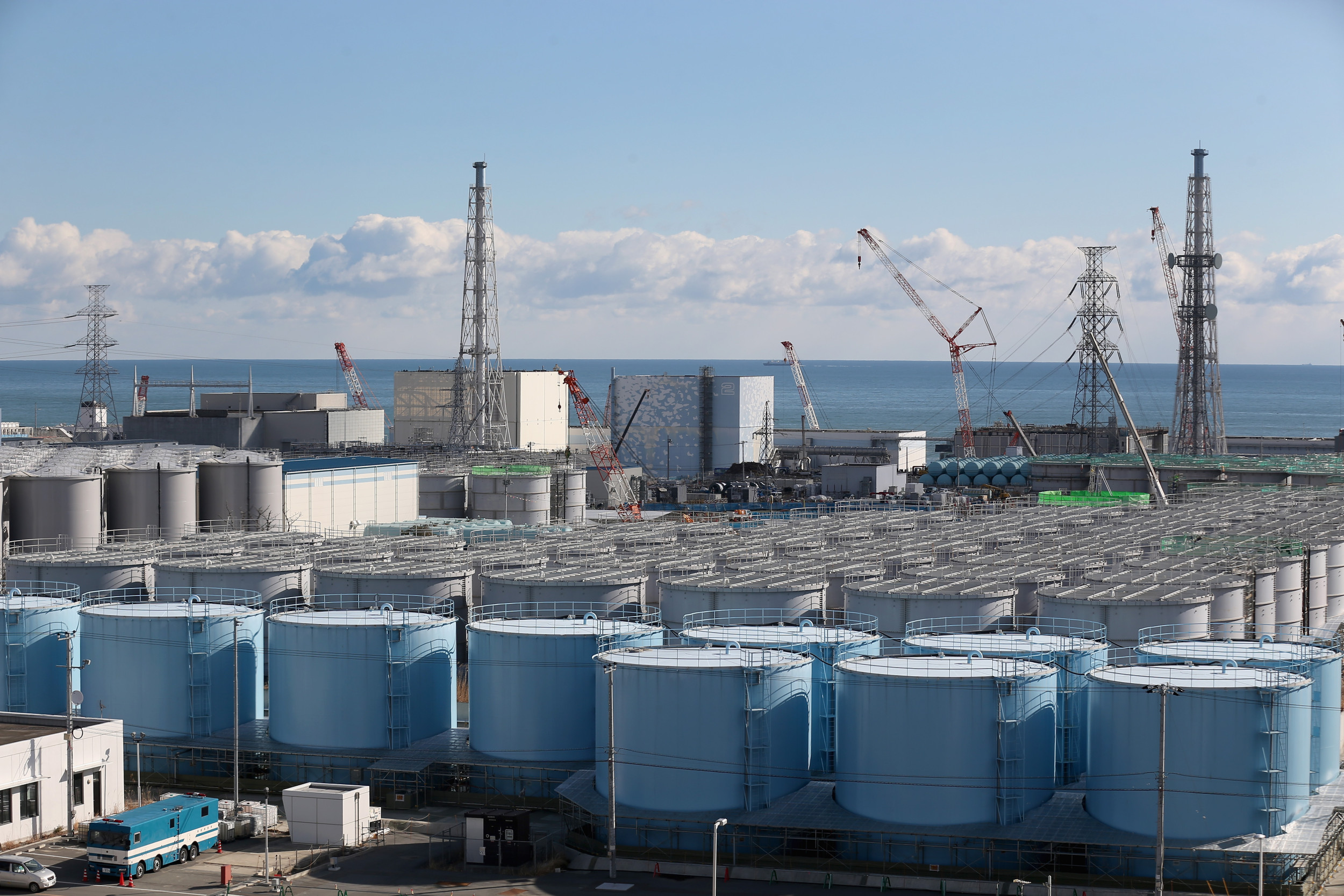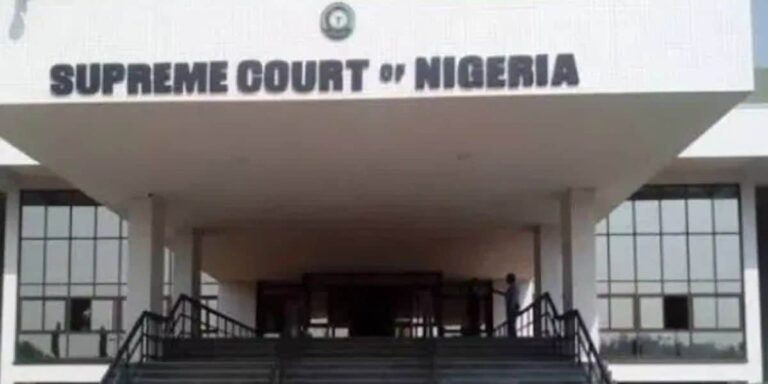Japanese Nuclear Reactor Disqualified Under Post-Fukushima Safety Standards
Japan’s nuclear regulator has disqualified the country’s Tsuruga No. 2 reactor from restarting for the first time under post-Fukushima safety standards.
The Nuclear Regulation Authority (NRA) announced Wednesday that Japan Atomic Power Co. had failed to adequately address potential seismic risks from active fault lines near the reactor, located in Fukui Prefecture.
The decision is a setback for Japan’s energy policy, which aims to expand nuclear power to bolster energy stability and meet carbon neutral goals.
“We reached our conclusion based on a very strict examination,” said NRA Chairperson Shinsuke Yamanaka. He called the eight-year review process “abnormal” due to frequent disruptions from data inaccuracies and errors by Japan Atomic Power Co.
He said that the company should take the decision seriously, given the safety implications.
Though the NRA has not mandated the decommissioning of Tsuruga No. 2, Yamanaka said that any future application would require strict compliance with seismic standards.
If the utility decides to reapply, it must address not only the faults issue, but it also must implement adequate safety measures for the entire plant, he said.
Christopher Furlong/Getty Images
What Happened in the Fukushima Nuclear Disaster?
The 2011 Fukushima disaster was one of the most severe nuclear accidents in history.
Triggered by a massive 9.0 magnitude earthquake and a tsunami that flooded the Fukushima Daiichi Nuclear Power Plant, the catastrophe caused explosions, land and water contaminations, and a partial reactor meltdown. The land surrounding the reactor has been rendered unlivable for years to come, with the disaster killing an estimated 19,500 people and creating tens of thousands of evacuees.
The partial meltdown prompted Japan to temporarily shut down all its nuclear reactors and introduce stricter safety assessments, hence the NRA’s latest ruling.
Japan has moved forward with plans to restart nuclear reactors as part of a 2022 government initiative to maximize nuclear energy use.
The Tsuruga No. 2 reactor, which began commercial operations in 1987, has been offline since May 2011. The operator had applied for a restart in 2015, following the NRA’s 2013 inspection that concluded faults beneath the site were active.
Of Japan’s 50 commercial reactors, 27 have sought restart approvals under the reinforced safety standards, with only 17 approved to resume operations.
At the heart of the NRA’s disqualification decision is concern over fault lines about 330 yards from the reactor that could extend beneath the facility itself.
Under Japan’s revised safety standards, building essential infrastructure including nuclear reactors directly above active faults is prohibited.
An NRA safety panel concluded three months ago that it could not rule out the possibility of active faults stretching beneath Tsuruga No. 2, rendering it “unfit” for operation.

RyuSeungil/Getty Images
Japan Atomic Power’s Statement: ‘Extremely Regrettable’
Japan Atomic Power have expressed disappointment with the decision.
“The decision is extremely regrettable,” the company said in a statement, adding that it would continue efforts to restart the reactor despite the NRA’s verdict.
The company has already committed to decommissioning its other reactor, Tsuruga No. 1, and had hoped to put No. 2 back online after thorough geological investigations.
However, a restart would require the company to meet strict safety standards and to provide extensive evidence of fault stability to the NRA.
Chief Cabinet Secretary Yoshimasa Hayashi told reporters the government respects the NRA’s decision based on its scientific and technical assessment, but the government’s position to promote nuclear energy is unchanged.

STR/JIJI PRESS/AFP via Getty Images
A Nation’s Controversial Nuclear Power Rebirth
Japan’s nuclear revival has faced growing scrutiny following a magnitude 7.5 earthquake on the Noto Peninsula in January 2024, which killed over 400 people and damaged more than 100,000 buildings on New Year’s Day.
While the quake caused only minor damage at nearby nuclear facilities, evacuation plans in the affected areas were found to be lacking given the region’s status as one of the world’s most seismically active sites.
The reactor which is currently offline with spent fuel safely cooled, poses no immediate threat.
This article includes reporting from The Associated Press







